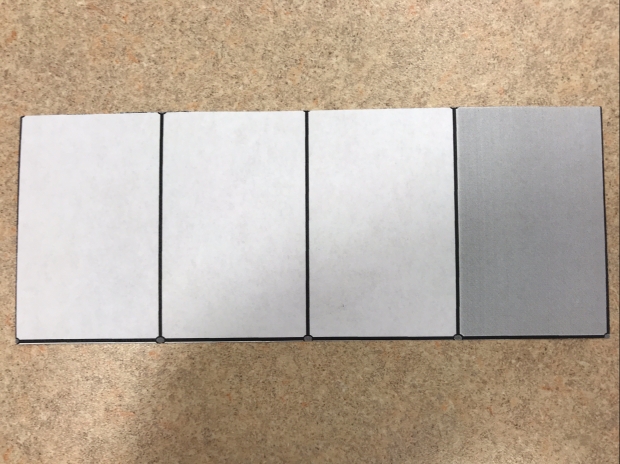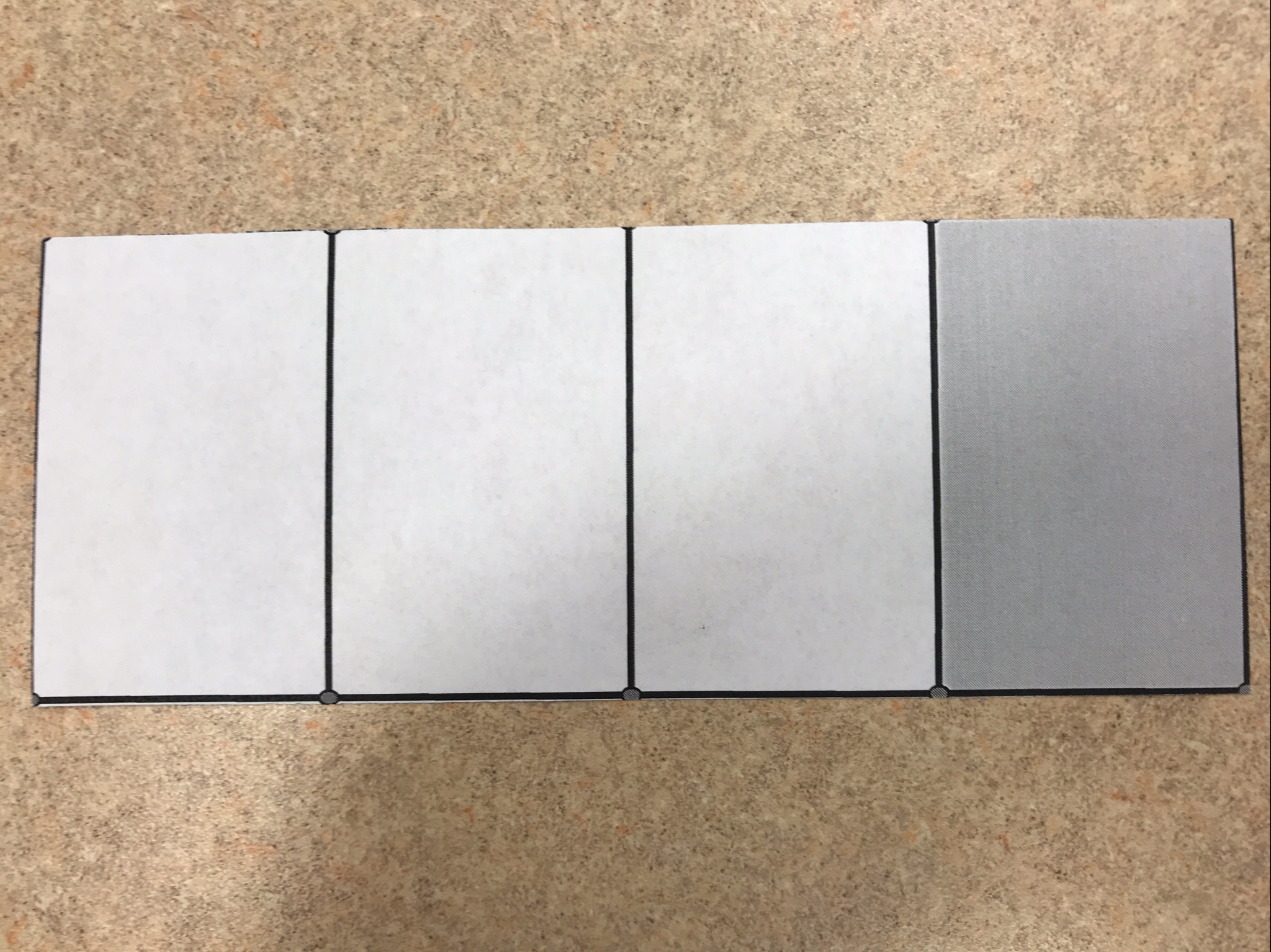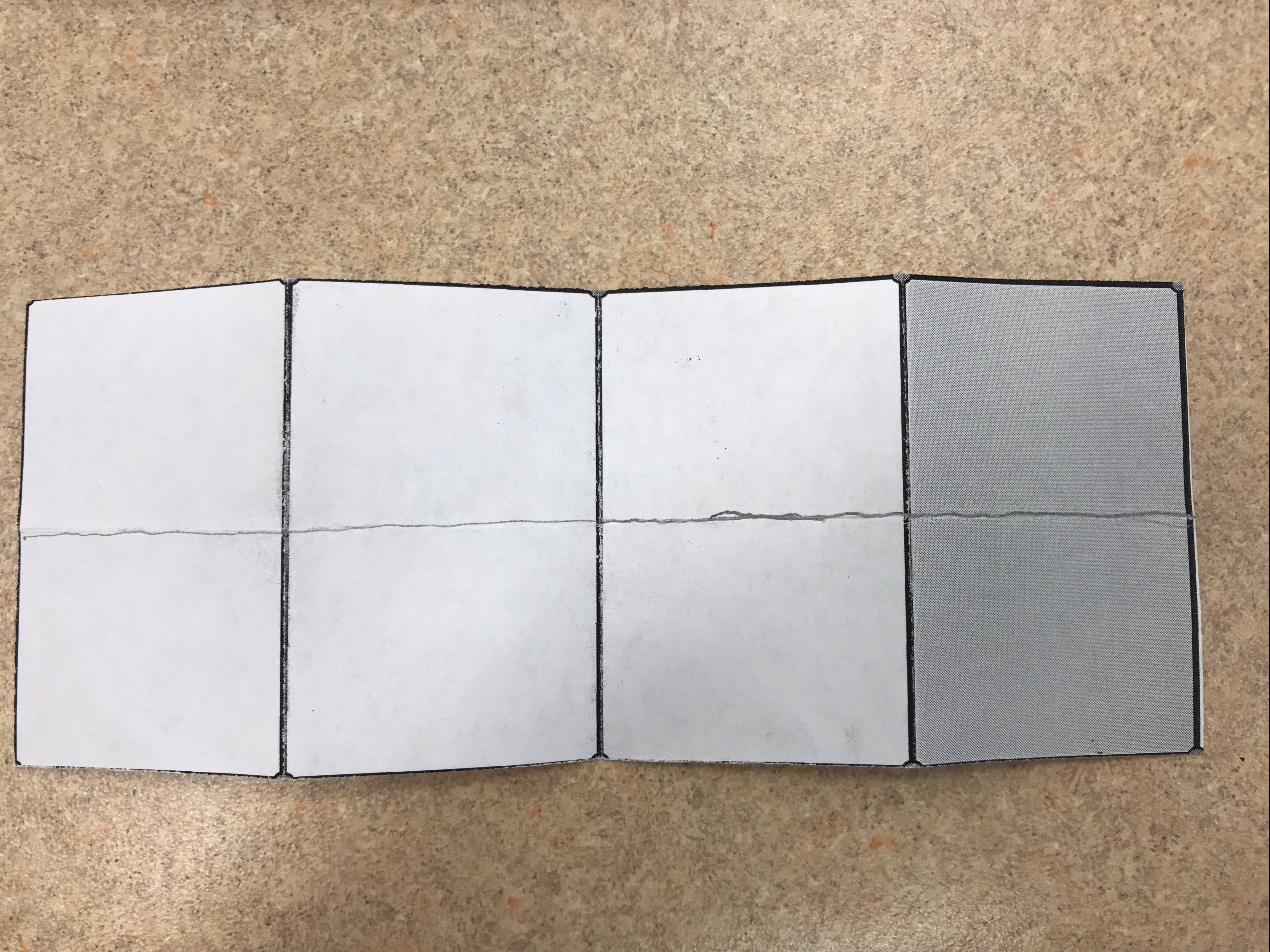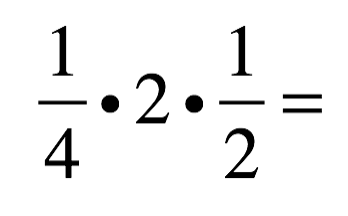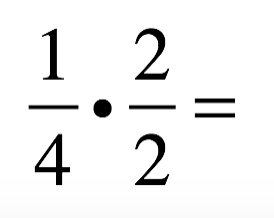This is a lesson from several years ago, that I borrowed from a post from Fawn Nguyen. Her blog post describing how she used it is excellent!
In this lesson, students are given 5 digits and their goal is to find the greatest product without actually doing the computation. The fifth grade students I used this with loved it. We took two days – one day to introduce the problem and a second day to try it again with different numbers, and find patterns. This is a fantastic problem because of the connections to so much more than place value!
Day 1
I started out with the same numbers Ms. Nguyen used in her example on her post. I did this because of time constraints on the first day. PTO performance dress rehearsals can really mess up a plan!
So the students were given the digits 8, 2, 4, 5, and 7. The task was to create two factors that would give the greatest product without actually doing the multiplication.
I asked students to take 90 seconds to think about it, then share their ideas with their groups. The math discussions were incredible. “582 x 47″ is less than hers because 582 x 74 has to be bigger. That one has only 47 groups of 582. This one has 74 groups of 582!” Similar comments/discussions happened at each table.
The students then shared their ideas for the two factors that would make the greatest product as I wrote them on the board:
582 x 74 = 782 x 54 = 872 x 45 =
825 x 74 = 752 x 48 = 752 x 84 =
754 x 82 = 572 x 84 =
I asked students to look carefully at their list and discuss with their tables which two they think should be removed and why. I did remind students that they should base their decisions on mathematical reasoning, not computation.
After about 90 seconds of discussion, I asked each table to identify the problem they think should go. After two tables shared, everyone agreed that these two (in red) should go.
582 x 74 = 782 x 54 = 872 x 45 =
825 x 74 = 752 x 48 = 752 x 84 =
754 x 82 = 572 x 84 =
The students’ reasoning ranged from rounding to doubling and halving to just finding one more on the list that had to be greater. After that, students had to decide from the 6 left, which one would produce the greatest product. Most groups eliminated 2 or 3 more, but they struggled to find 1 because they thought it could go either way (see the green problems above).
Again, due to time constraints and PTO rehearsals, I asked them to choose one. The classroom teacher who was observing, had already found the products of all of the problems on the board. We asked for the products and wrote them on the board to some cheers of “Yes!” and some groans of “No!”
All agreed that it was a fun exercise. I loved it because the students were engaged in several of the mathematical practices, specifically constructing viable arguments and critiquing the reasoning of others This happens in other lessons, for sure, but it seemed more natural here because the disagreement was based on the reasoning used. Since not all students think the same way (and they shouldn’t), there were natural mathematical arguments discussions.
Before I left the classroom, I pulled out my deck of cards and had 5 students choose a number card to generate 5 new digits so that when they finished their PTO performance later in the evening, they could think some more about the math we did in class today. They were asked to come up with a 3-digit factor and a two digit factor that they think would give the greatest product.
Day 2
The next day, we went through the same process (the previous day’s work was on the board for them to refer to). The numbers the students drew were: 2, 9, 6, 7, 8
There were 12 ideas for the greatest product this time.
892 x 76 = 782 x 96 = 982 x 76 =
987 x 62 = 267 x 89 = 762 x 98 =
769 x 82 = 862 x 97 = 872 x 96 =
872 x 69 = 972 x 86 = 962 x 87 =
Again, I asked them to think for 90 seconds on their own, then share their thoughts with their tables about which problems could be eliminated based on mathematical reasoning. After sharing, I asked each table for their thoughts about which should go and why.
Again, the reasoning was amazing. The class, as a whole, came up with reasoning to eliminate 8 of the 12. They’re shown below in red.
892 x 76 = 782 x 96 = 982 x 76 =
987 x 62 = 267 x 89 = 762 x 98 =
769 x 82 = 862 x 97 = 872 x 96 =
872 x 69 = 972 x 86 = 962 x 87 =
The class got into a discussion about which of the remaining should go without prompting because they were so engaged in this problem! The class could not decide, but it was pretty well split between the green problems above.
Some thought it was 862 x 97 because:
- “It’s almost 100 groups of 862 and 872 x 96 has one less group of a smaller number, but it isn’t enough.”
The other group countered with:
- “We still have almost 100 groups of a larger number. We have one less group, but we have 10 more in each group!”
Again, the teacher was ready with the products and we checked all of the eliminated problems first to justify their earlier reasoning. We heard a few things that really made these two days worth it like: “See, I told you it was about 27,000” and “We were right get rid of that one!” Makes your heart swell up when kids say those things with mathematical confidence!
When we got down to the final two, they were on the edge of their seats! As the final products were revealed, there were no “I told you so’s” or mocking of others. The students really enjoyed the productive struggle of thinking and reasoning about greatest products. The students had a great time, but it wasn’t over yet.
As some in Queen Nguyen’s class, one student noticed a pattern from the work of both days. His explanation is described below:

“I noticed in both problems that the 2 was in the same place (red underline) and that it’s the smallest of the digits we used, so I thought about the largest numbers (digits) and checked to see if they’re in the same place and they are (Blue underline)!”

Another student chimed in with “There’s more. Look, the greatest digit is in the tens place for the second number. The next greatest digit for the first problem is 8 (green underline) and it’s in the hundreds place. For the second problem, the next greatest digit is 7 (green underline) and it’s in the hundreds place, too! And the third? greatest digit is right next to that in the tens place of the first number. And the digit before the smallest is in the ones place of the second number.”
The students were eager to check another set of numbers to see if this pattern they found could actually be a mathematical discovery. They wanted 5 more digits to use to check – they were asking to do more math! Before they left for the day, I found out that some students wondered if the pattern would change if it was a 4 digit times a 3 digit. Guess we’ll have to do another exploration!
All of this stemmed from asking students to reason about multiplication. In the process, all of their ideas were used to build a deeper understanding of multiplication and estimation. As a result, they made an interesting mathematical discovery based on the patterns they discovered and posed a new question to explore!
Thanks, again, to Fawn Nguyen for sharing this problem!
